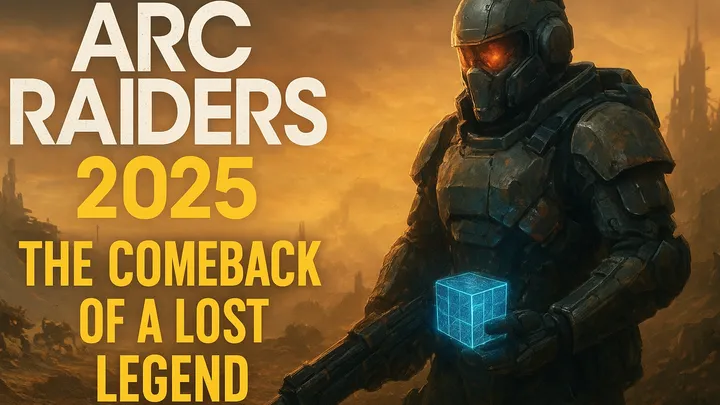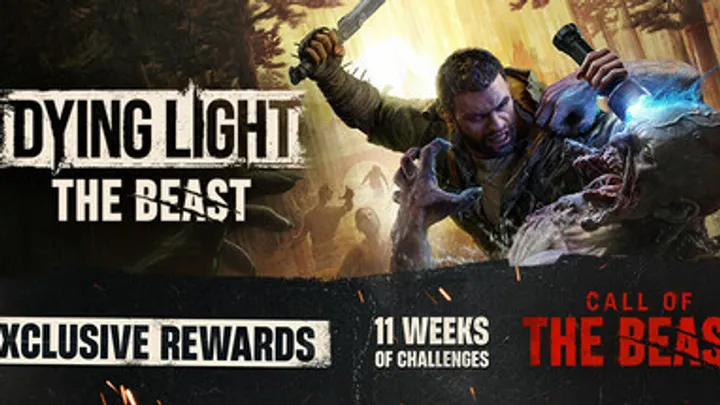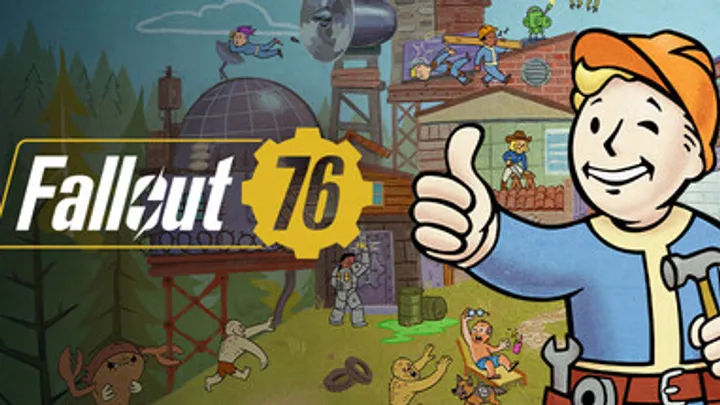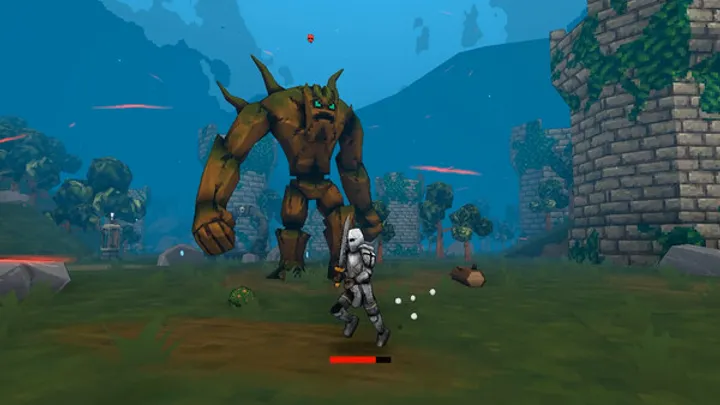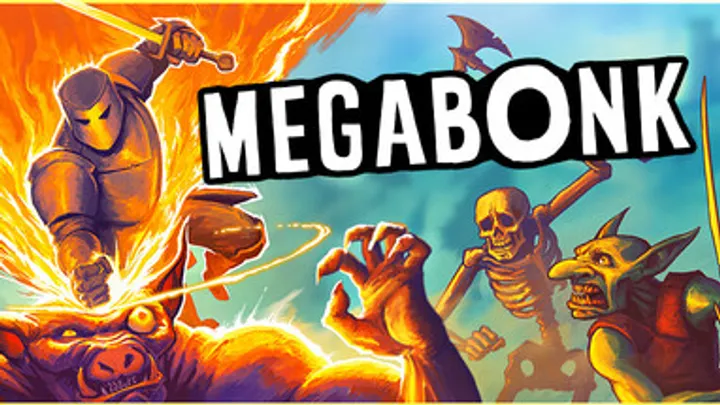Gorilla Tag, the viral VR game that turns players into nimble apes swinging through trees and chasing one another, is far more than a physical playground. Beneath its deceptively simple mechanics lies a complex web of human psychology—how people move, interact, and express themselves through motion. Unlike traditional games where dialogue or emotes carry social weight, Gorilla Tag thrives on physical communication: body language, proximity, and rhythm. This article explores how the game fosters authentic human connection through unspoken movement, examining its evolution, design, and psychological implications in the realm of virtual embodiment.
1. The Roots of Gorilla Tag’s Physical Communication
Gorilla Tag’s charm doesn’t come from graphics or objectives—it’s born from movement. Players communicate through physical gestures rather than text or voice, creating a unique form of non-verbal connection.

1.1 Embodied Interaction in Virtual Worlds
Unlike most VR titles, Gorilla Tag removes tools like controllers or menus. The player’s arms become extensions of their digital gorilla body, turning every swing, tap, or wave into social expression. This design forces users to develop a “body language” that becomes the foundation of community interaction.
1.2 Motion as Language
Players express joy by bouncing, anger by slapping the floor, and humor through exaggerated flips. It’s a pure form of digital embodiment—where players feel seen not by words, but by how they move.
2. From Playground to Psychology: Why Gorilla Tag Feels So Human
The simplicity of Gorilla Tag evokes childhood memories of tag on playgrounds, invoking instinctual play behaviors that predate complex gaming.
2.1 The Return to Physical Play
In most online games, players sit still. In Gorilla Tag, they run, climb, and sweat. This reintroduction of physical play taps into primal human instincts—movement as joy, chase as connection.
2.2 Social Synchrony
When players move together—climbing the same trees or running side by side—their bodies unconsciously synchronize. Neuroscience calls this interpersonal synchrony, a process that increases empathy and social bonding. Gorilla Tag naturally cultivates this, without needing structured goals or leaderboards.
3. The Unspoken Rules of Social Hierarchy
Every social environment develops unwritten hierarchies, and Gorilla Tag is no different. Players quickly learn who leads, who follows, and who innovates—all through action.
3.1 The Alpha Jumper Phenomenon
Certain players dominate spaces through skillful motion—executing perfect wall climbs or daring jumps. They become local celebrities, setting the rhythm for others to follow. In this ecosystem, movement equals influence.
3.2 Group Dynamics and Mimicry
Younger or newer players mimic veterans’ movements, learning social cues through observation. This mimicry is not just a form of learning—it’s a non-verbal handshake, signaling belonging.
4. The Psychology of Presence in Virtual Spaces
Presence—the feeling of truly being there—is stronger in Gorilla Tag than in most VR titles. This sense of immersion is tied to motion and touch perception rather than visual fidelity.

4.1 Spatial Ownership
Players internalize their virtual arms and bodies as their own, even though they’re simple models. The act of pulling oneself up a ledge reinforces spatial ownership, deepening the illusion of physical presence.
4.2 The Brain’s Response to Embodied Play
Neuroscientific studies suggest that VR experiences that mimic real movement activate the brain’s sensorimotor cortex in similar ways to real-world actions. This explains why Gorilla Tag feels viscerally real—your brain believes you’re actually climbing and running.
5. Emotional Expression Without Words
Emotions in Gorilla Tag are expressed through exaggerated movement rather than facial expression or dialogue. The result is a heightened physical emotional language.
5.1 The Body as an Emotional Canvas
When a player loses a chase, they might dramatically slump or bang their virtual fists. When celebrating a win, they pound the air or dance. These exaggerated actions amplify emotion, creating visible, kinetic energy in social interactions.
5.2 Empathy Through Motion
Watching another player struggle to climb a wall or escape pursuit elicits genuine empathy. Players instinctively root for or tease others based on movement patterns, proving that emotional resonance doesn’t require speech.
6. Community Culture and the Evolution of Social Play
The Gorilla Tag community has evolved its own rituals, etiquette, and subcultures, all founded on movement-based expression.

6.1 The Rituals of Play
Players often gather in specific trees or caves to show tricks or hold informal tournaments. These rituals provide a sense of continuity and belonging—spaces where everyone speaks the same physical language.
6.2 Humor and Social Play
Physical comedy flourishes in this world. Players slip off branches, exaggerate their jumps, or perform stunts for laughs. This humor is collective, reinforcing social ties through laughter born of shared failure and triumph.
7. The Role of Sound and Proximity in Connection
Though speech isn’t central, Gorilla Tag uses spatial audio brilliantly to reinforce connection. Voice and sound design create intimacy and emotional realism.
7.1 Proximity Voice Chat as Emotional Texture
Players hear others only within a certain distance, creating layers of intimacy. Whispering to someone nearby or hearing laughter fade as they swing away mirrors real-life distance dynamics.
7.2 Sound as Social Feedback
Environmental echoes, hand slaps, and body thuds enhance the sense of impact. They aren’t just sound effects—they are emotional punctuation marks in the social rhythm of play.
8. The Evolution of Identity Through Movement
In Gorilla Tag, identity isn’t crafted through costumes or names, but through how one moves. A player’s personality becomes visible through their playstyle.
8.1 Movement Signature
Each player develops a distinctive rhythm—some bounce playfully, others climb methodically. Friends can recognize one another by motion alone. In essence, movement becomes a digital fingerprint.
8.2 Expressing Self Through Skill
Mastery and style merge into identity. A player who wall-climbs fluidly is perceived as confident and creative; one who experiments with new techniques becomes an innovator. These associations shape the social fabric of Gorilla Tag’s virtual tribes.
9. The Therapeutic and Emotional Impact of Play
Beyond fun, Gorilla Tag holds therapeutic potential. Its physical and social dynamics support mental health through embodied release and social engagement.

9.1 Physical Release in Digital Spaces
The act of moving vigorously in a virtual environment triggers endorphin release similar to exercise. This gives players a cathartic outlet—especially for those who might struggle with physical play in real life.
9.2 Overcoming Social Anxiety
For many, Gorilla Tag provides a space to practice social interaction without judgment. Since communication happens through motion, it bypasses linguistic and social barriers. Players who fear real-world interaction find a low-stakes, expressive outlet here.
10. The Future of Embodied Social Gaming
Gorilla Tag has opened a new chapter in VR’s evolution: one where social connection grows through movement rather than words. Its design principles may influence future virtual environments.
10.1 Redefining Virtual Communication
The game demonstrates that embodiment, not avatars or dialogue, drives true connection. Future social VR worlds might adopt Gorilla Tag’s principles—motion-driven empathy, physical humor, and shared rhythm—as the foundation of interaction.
10.2 Beyond Gorilla Tag: The Legacy of Motion
What began as a simple tag simulator has evolved into a social experiment in physical psychology. It’s proof that the future of digital connection lies not in complexity, but in the simplest of human acts—moving together.
Conclusion
Gorilla Tag is not just a VR game—it’s a living study of how humans connect without words. Its world of swinging arms and echoing laughter reveals the timeless truth that movement is communication, and play is empathy in action. In every chase, climb, and jump, players rediscover a primal language—the unspoken rhythm of human connection that bridges digital and physical worlds alike.








